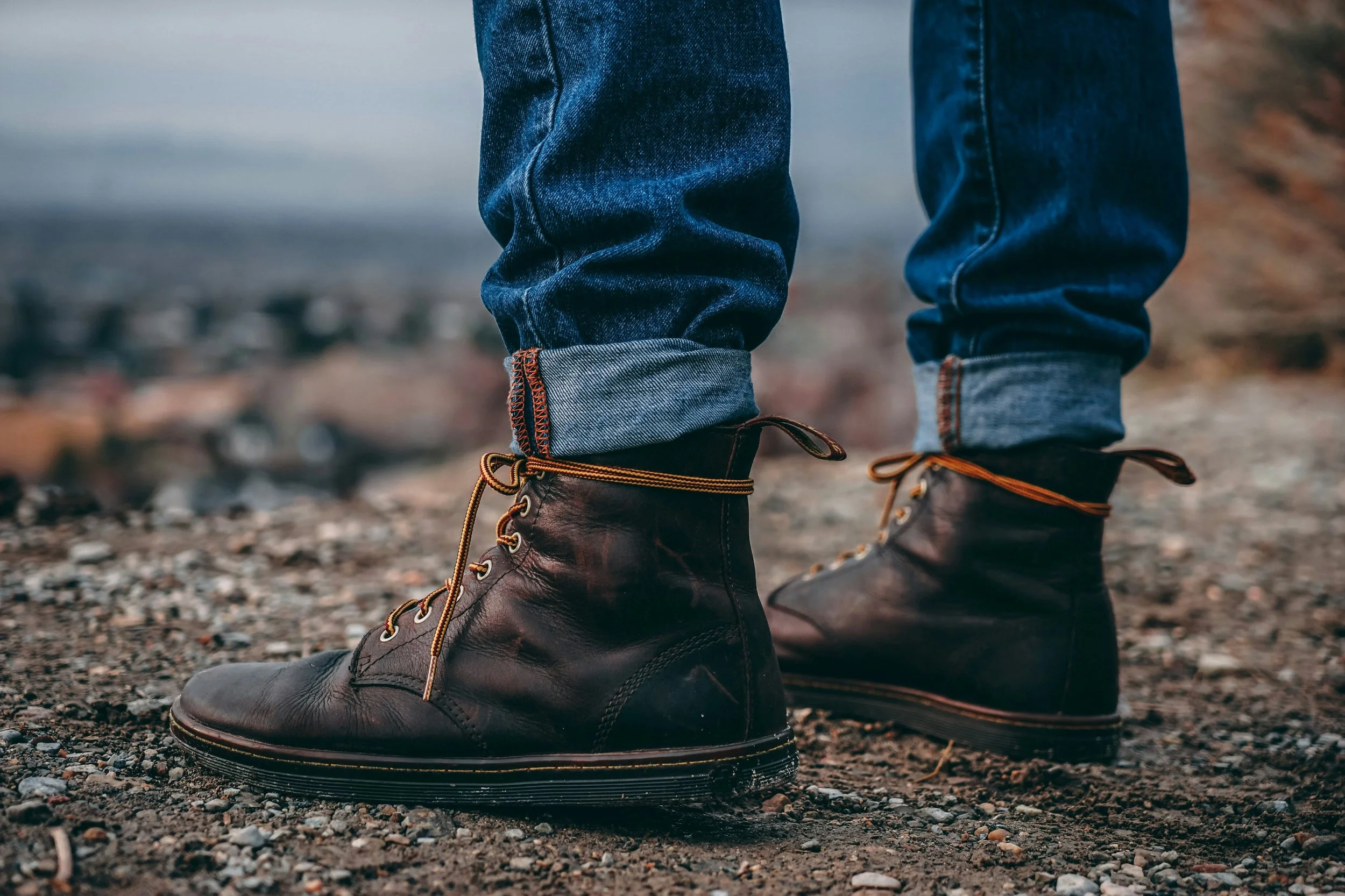Why Barefoot Shoes Matter
Why Barefoot Shoes Matter: A Look at Healthy Feet and Natural Movement
Our feet were designed to move freely and naturally. If you look back in history, ancient people wore simple leather sandals that protected their feet without altering their natural shape or function. These sandals allowed toes to spread comfortably and heels to stay flat, enabling feet to do exactly what they were meant to do.
That all changed when European fashion took a different direction. Starting in the Middle Ages, extremely long pointed shoes became popular among the upper classes. In fact, there were regulations controlling just how long these pointed toes could be, with nobility allowed the longest extensions while commoners had to keep theirs shorter. These styles forced feet into unnatural positions, narrowing the toes and raising the heels, which altered posture and foot mechanics.
This shift, from shoes fitting the feet to feet adapting to the shoes, had consequences. It contributed to widespread foot problems such as bunions, hammertoes, and general discomfort. When toes are squeezed together and twisted inward, as is common today, it creates misalignment that can ripple through the entire body.
Consider babies’ feet, for example. Their toes naturally form the widest part of their foot, perfectly spaced to support balance and weight distribution. Over time, many adults’ feet have changed shape to match their shoes, often narrowing at the toes and causing issues like bunions and nerve pain.
Our feet are incredibly complex. They contain 26 bones, 33 joints, and more than 100 muscles, tendons, and ligaments. These structures work together to support movement, balance, and shock absorption. When shoes restrict or reshape the foot, they inhibit proper muscle function and joint alignment, which can weaken the foot’s natural support system and increase the risk of injury.
Here’s a fascinating bit of research. A recent study was published that looked at populations in Sri Lanka, where many people spend much of their time barefoot or wearing minimal footwear. The study found that foot deformities and problems like bunions were significantly less common in these populations compared to those wearing traditional shoes regularly. Similar observations have been made in other parts of the world where barefoot walking is common. This evidence highlights that natural foot movement is not just a trend, but a return to how our bodies were designed to function.
From a homeopathic standpoint, health involves supporting the body’s natural balance rather than merely treating symptoms. Our feet are fundamental to this balance. When their natural shape and movement are compromised, it can lead to misalignment affecting posture, circulation, and even overall well-being.
This is why barefoot shoes are gaining attention. They offer a way to reconnect with natural foot function and encourage healthier posture and balance from the ground up.
What Makes a Barefoot Shoe?
Thin Sole
A thin sole allows your feet to sense the ground beneath you. This sensory feedback helps improve balance and allows your muscles to react naturally to different surfaces.
Zero Heel Drop
Traditional shoes often raise the heel, shifting your weight forward and altering your natural posture. A zero heel drop keeps your heel and toes level, promoting proper alignment and reducing strain on knees, hips, and back.
Wide Toe Box
Your toes are meant to spread out and support your body evenly. A wide toe box gives them room to do just that, which improves stability and strengthens foot muscles, supporting your entire posture.
Flexible Sole
A flexible sole moves with your foot rather than restricting it. This encourages natural movement, builds foot muscle strength, and enhances shock absorption.
Lightweight Design
Heavy shoes can tire your legs and change the way you walk. Lightweight barefoot shoes let your feet move freely without unnecessary effort.
Breathable Material
Keeping your feet dry and comfortable is key to preventing irritation and infections, which is why breathability is important.
Minimal Arch Support
Unlike conventional shoes that force your feet into artificial arches, barefoot shoes allow your natural arch to work. This strengthens the muscles supporting the arch and improves circulation over time.
Choosing the Right Barefoot Shoe
There are many brands offering barefoot shoes in a range of styles, from sandals to snow boots, made with materials like breathable mesh or leather. When choosing, consider your lifestyle and budget. Most importantly, ensure the key features mentioned of a thin sole, zero heel drop, wide toe box, and flexibility, are present.
Switching to barefoot shoes is not just about fashion. It is about giving your feet the chance to work the way they were created to. Start small, maybe with a pair you wear on short walks, and let your muscles gradually get stronger. Your feet carry you everywhere. Once you feel the difference in balance, posture, and comfort, you might wonder why we ever traded simple leather sandals for shoes that try to reshape us. Your feet were designed perfectly. The right shoes should reflect that.

